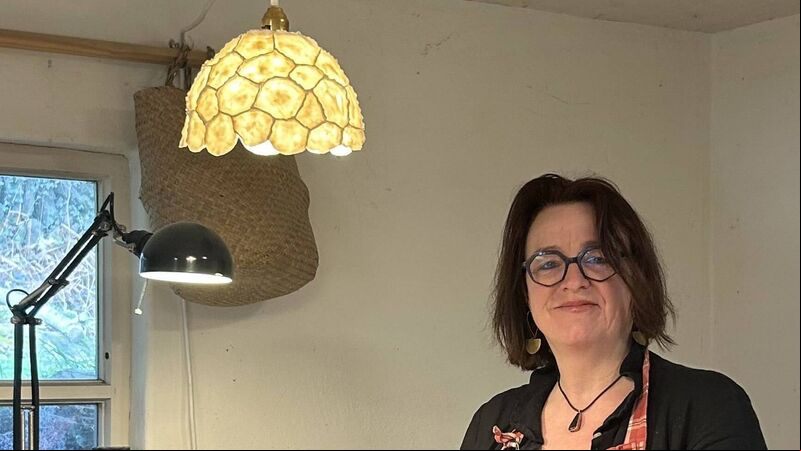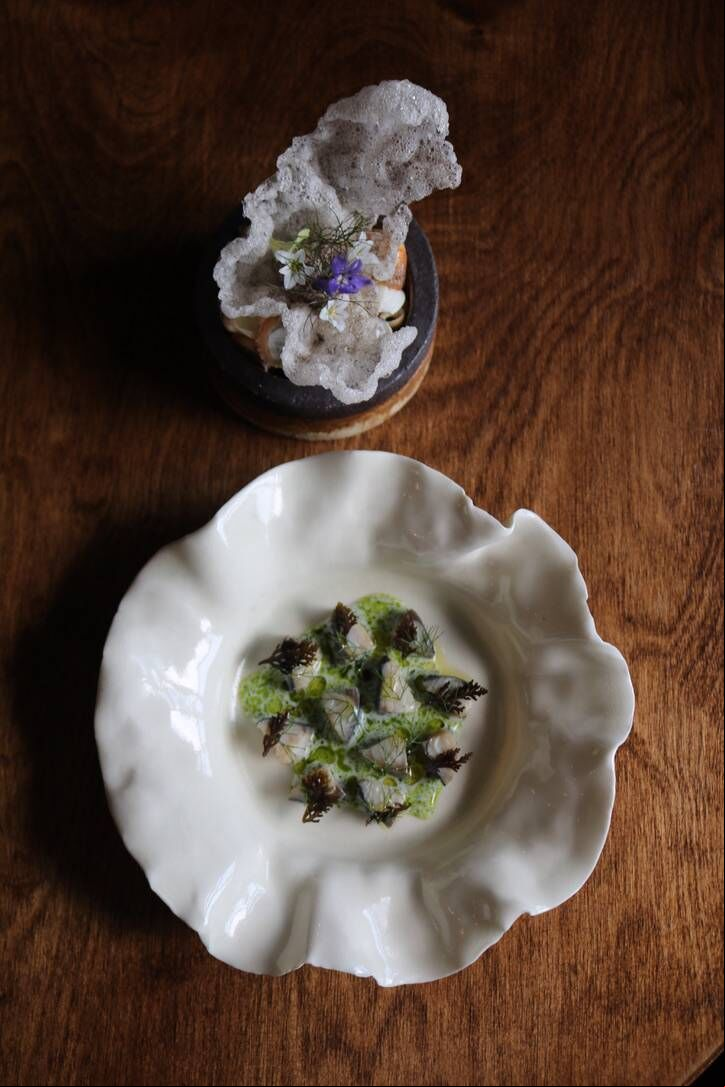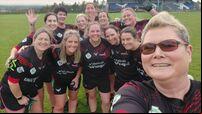WoW! Bites: 'It's not about impressing your neighbours or a grand table setting'

Anke Barrett's ion for pottery came during a transitional period in her life.

I have a life-long ion for crafted items that seamlessly blend form and function. This meeting of purpose – of craft and useability – is in perfect unison when designed with food in mind.

Quickly and unexpectedly, Anke developed her unique style of pottery inspired by the natural landscapes that surround her. Undulating and intentionally not quite perfect, Anke’s pieces are born instinctively and organically mimic the natural forms, shapes and hues of the rugged beauty and ever-changing colours of wild places.

But by the time they found their dream home in Ballydehob in 2008, they had four children to mind with a fifth following soon after, which meant many of their plans were put on hold.

“I felt it would be good to hear what other people say [about my pottery] that aren’t my family or me! I realised I wasn’t imagining things; my pottery really is nice. It’s different, wonky and has a raw organic feel. It has to be not too perfect! I just let what happens happen. It’s very much driven by the gut. I put energy into it, but I can’t really explain how it’s achieved.”
Anke Barrett is a member of Cork Potters.
See Instagram @anke_amelia_pottery.







 App?
App?


